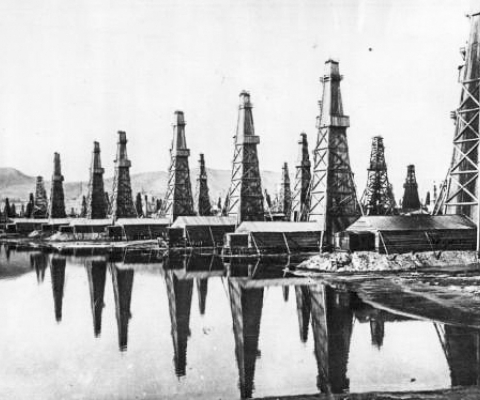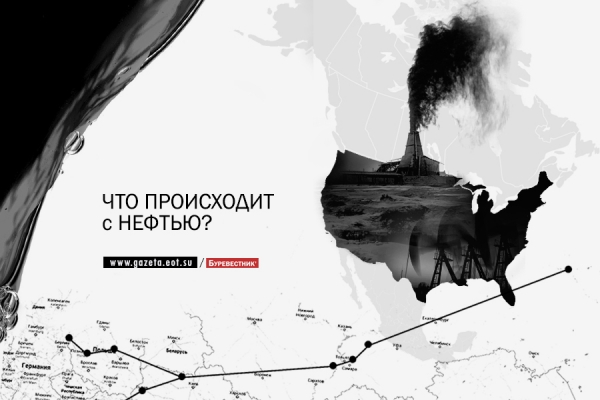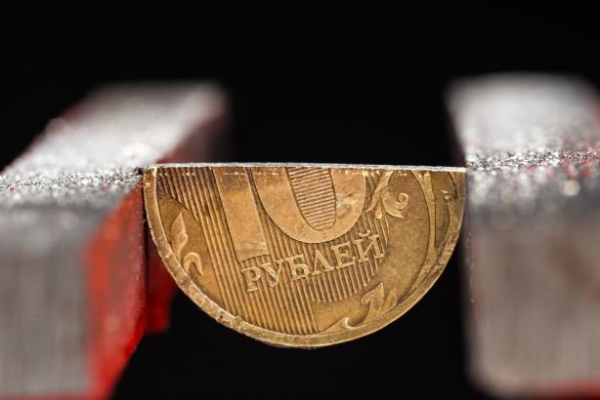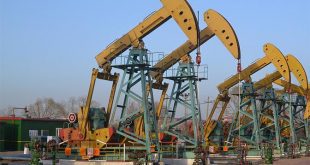The oil industry has played an important role in the economy of tsarist Russia, which came in the second half of the nineteenth century capitalist development. It grew rapidly and entered the global market, becoming a serious competitor to the American oil industry.
Industrial domestic oil production was concentrated in two districts: Absheron Peninsula (Baku province) and the Northern Caucasus (the Terek and Kuban oblasts). In the middle ages, oil production in Baku was a monopoly of the Persian shahs. Famous Venetian merchant Marco Polo traveled in the late thirteenth century on the banks of the Black and Caspian seas, in his essays wrote that oil were exported from Baku to the surrounding countryside by camel. Baku sources of oil have moved to Russia under Peter the great (1723), but in 1735, during the reign of Anna Ioannovna, were returned to Persia. Only in 1813 by the Gulistan Treaty of Baku was finally ceded to Russia and the Khan’s neftegastechnika became state property.
The Oil Fields Of Baku 
By the end of the nineteenth century there were more than 300 wells, about a hundred factories engaged in the processing of oil. The Russian oil industry every year has evolved at a rapid pace. Total oil production exceeded half a billion pounds. In the domestic market of Russia the largest consumers were the Moscow and St. Petersburg. Finance Minister Witte had paid great attention to the oil industry – one of the most important sources of government revenue. As a result of the industrial revolution an important article of export of Russian steel products.
With the opening in 1883 of traffic on the Transcaucasian railway, connecting the Baku oil region with the port of Batumi, Russian oil products got the shortest and cheapest way to foreign markets. Already in 1885 for the first time from batoum to Bombay was taken kerosene. Russian kerosene has been exported to Europe, Constantinople, the coastal towns of Asia Minor, Egypt, India, Indochina, China, Japan, Australia. In the early twentieth century, Russia has exported annually more than 50 million poods of oil products (kerosene and light oils). Kerosene in boxes from Batum were delivered on sailing and steam ships, and liquid – solely on steam.
In the late XIX – early XX century, the largest existing oil fields in the world were in the U.S. and Russia. High rates of development of the Russian oil industry has allowed it since the second half of 90-ies of the XIX century to become a world leader in oil production. For example, in 1900 Russia produced 632 million pounds. However, from 1903 forward facing USA . As the major oil producing States, Russia and the USA were the main suppliers of oil and its derivatives to the world market. The greatest number of kerosene Russia exported in 1904 – for 85.1 million pounds (1.36 million tons).
From European countries the most succinct was the German market, consuming about 800 tons of kerosene per year. The strong position of Russia was in England, which was also a major market for kerosene among Western European States. Prior to 1904, the Russian kerosene had provided nearly half the needs of England. Then the leadership here, as in Germany, moved to the United States.
As for the world oil market, the monopoly had the American trust “standard oil”. In 1906, in contrast sacensobu trust have any international European Union headed by the German Bank “European Union oil”, which along with Austrian and Romanian companies also includes “Nobel Brothers”, “the Caspian-black sea society” and society “Mantashev & Co.”. In 1907 monopolistic associations have agreed about section of spheres of influence, by signing the agreement, according to which the share of “European Union oil” was determined in 25%, and “standard oil” – 75%. By the end of the first decade of the twentieth century to the international trusts has joined the Anglo-Dutch company “Royal Dutch shell” aggressively strengthen its position in Russia (the far East) and Europe.
Exports of kerosene Russia to the world market depended not so much on the situation on the domestic market, but strong competition, especially with the American trust “standard oil”. At the time kerosene was the main vehicle lighting, so trading them has dominated in the world market. Unlike other countries, in Russia produced a lot of oil, which is widely used in the energy sector.
“The era of kerosene” (from the end of XIX century to first world war) in the international market was marked by sharp competitive struggle for place marketing of petroleum products and kerosene war (1910-1912). In terms of excluding of Russian kerosene to foreign markets, the centre of gravity of oil export of Russia was shifting towards lubricants. A major exporter of lubricating oils was the partnership of the Nobel brothers, followed by Rothschild, Shibaev, Lioznov, Mantashev and others. Due to their excellent qualities Russian lubricating oil at the time enjoyed in the world market solid reputation and constant demand.
Russian exports of lubricating oils in 1901 – 1904 the average was 12.8 million pounds, and in 1912 – 16,47 million pounds (263,52 thousand tons). For comparison: in 2004. exports of lubricants from Russia amounted to 1.06 million tons. The share of Russia in the European lubricants market in 1911 was 21.1%, USA – 63.3 per cent, Romania is 2.9%. In the European market the main consumers of lubricants were England, Germany and Belgium.
Sources:
http://рустрана.рф/article.php?nid=22973







